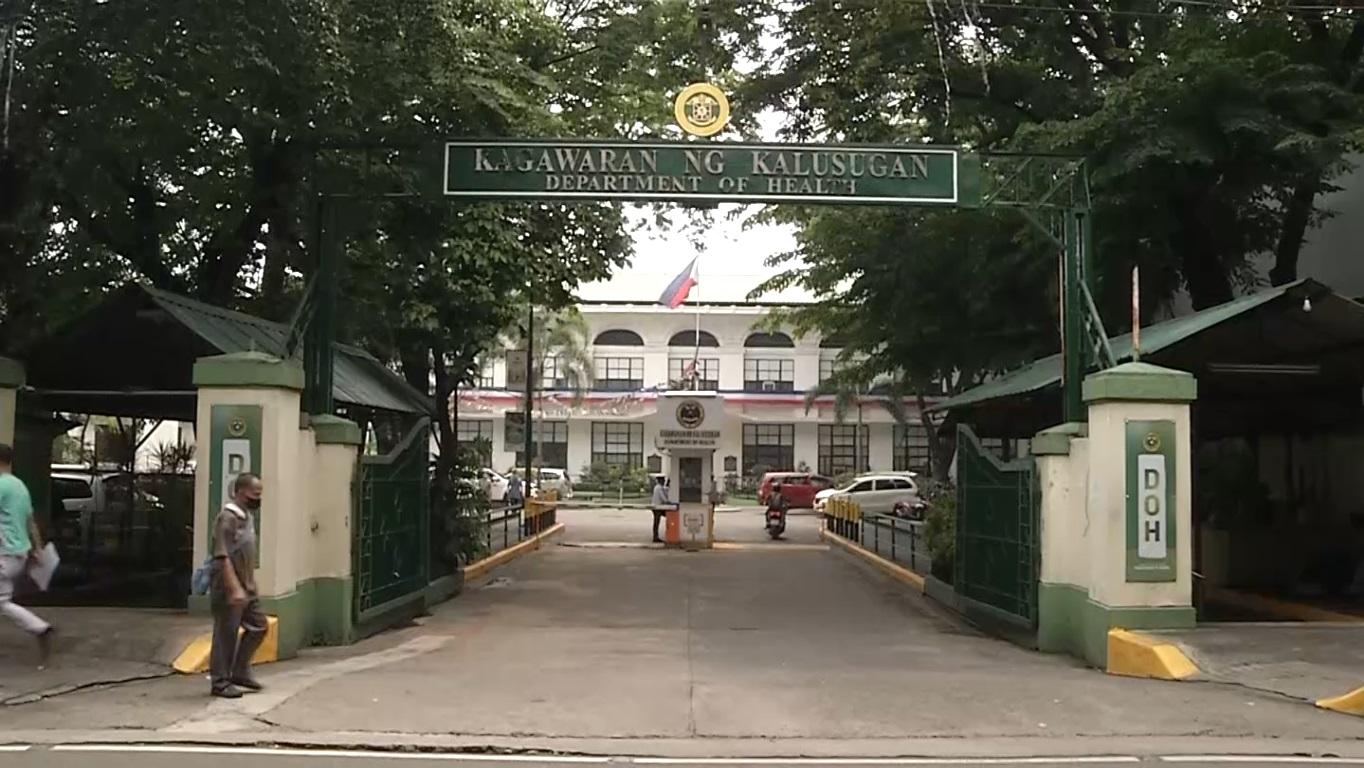Symptoms of FLiRT variant KP.2 to watch out for

Now that one of the strains of the so-called “FLiRT” variants of the coronavirus disease has been detected in the country, what symptoms should Filipinos look out for to identify a KP.2 infection?
According to Department of Health (DOH) spokesperson Assistant Secretary Albert Domingo, the symptoms of KP.2 are just the same with other COVID-19 strains—- fever, cough, colds, and fatigue, similar to flu and the common cold.
“There have been no unique or different symptoms observed for KP.2,” Domingo told GMA News Online.
The DOH announced on Tuesday the detection of two cases of the FLiRT variant KP.2, with the earliest reported case being from May 2024, based on the recent sequencing data from the Philippine Genome Center.
However, Domingo pointed out that there are samples collected earlier than May that are still pending sequencing results. This means it is possible that there were already KP.2 cases in the Philippines even before the first two cases were detected.
The KP.2 is a currently circulating variant under monitoring by the World Health Organization (WHO). It is a descendant of the JN.1, a variant of interest, which was detected in the Philippines in November 2023.
Currently, there is no evidence to show that the KP.2 could cause severe to critical COVID-19. The DOH said that further assessment is still needed to determine its transmissibility and capacity to evade immune response.
Face masks
But now that COVID-19 cases are rising again, topped with the onset of the rainy season, how could the public protect themselves against this new COVID-19 strain?
For the DOH, the voluntary and proper use of face masks is still necessary.
This should be done along with other standard precautions like frequent hand washing and avoiding crowded and poorly ventilated areas.
“Good respiratory hygiene [like] covering coughs, washing hands, choosing less crowds, and ensuring good airflow and ventilation are tried and tested ways to prevent influenza-like illnesses and other acute respiratory illnesses, including COVID-19,” the agency said.
The DOH also advised those who feel ill to stay at home for the meantime to avoid possible transmission.
For those who got the COVID-19 jabs a few years back, infectious diseases expert Dr. Rontgene Solante had said that the previous vaccines could no longer give much protection against the newer coronavirus strains, making everyone vulnerable to the virus again.
He said that vulnerable individuals who have low immune response — particularly the elderly and the immunocompromised — have a tendency of getting severe infection when they get infected with the FLiRT variants.
While affirming that immunity from the original COVID-19 primary series and boosters indeed wanes over time, the DOH emphasized that this immunity “is not totally lost.”
“There may be some degree of residual immunity left which is still better than having not been vaccinated at all. Nevertheless, the DOH is aware that the said immunity will not stay forever,” Domingo had said. — RSJ, GMA Integrated News




